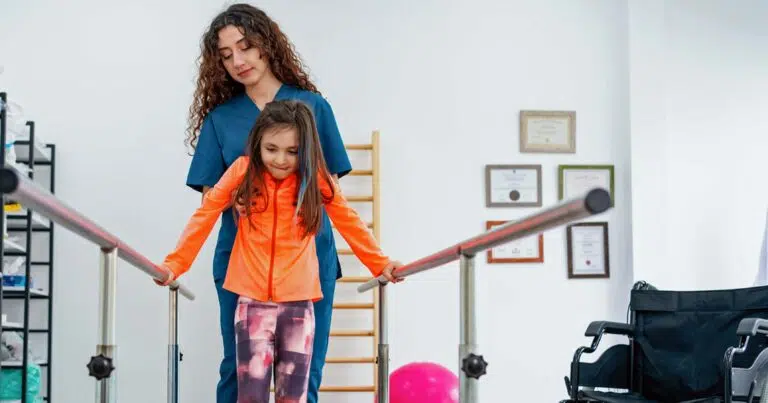Physical Therapy Assistant Career Guide
Looking for a different career guide?
Overview
A Physical Therapy Assistant (PTA) is a vital member of the healthcare team, working under the supervision of a licensed physical therapist to provide rehabilitative care to patients with various physical conditions. PTAs help patients regain mobility, manage pain and improve their overall quality of life through therapeutic exercises and interventions.
Essential Job Functions:
Physical Therapy Assistants play a crucial
Education
To become a Physical Therapy Assistant, individuals typically need to complete an Associate Degree in Physical Therapy Assisting from a program accredited by the Commission on Accreditation in Physical Therapy Education (CAPTE). These programs usually take about two years to complete and include both classroom instruction and clinical experience.
Qualifications

Skills
Successful Staff and Travel PTAs possess a blend of technical and interpersonal skills. They need a solid understanding of human anatomy, physiology and therapeutic techniques. PTAs must also have excellent communication and empathy to work effectively with patients, motivating them to achieve their rehabilitation goals. Strong observation skills and attention to detail are crucial for tracking patients' progress
Responsibilities
Physical Therapy Assistants have multifaceted responsibilities. They assist with patient evaluations, implement treatment plans and document progress. PTAs may instruct patients in therapeutic exercises, stretches and mobility aids. They also collaborate with physical therapists and other healthcare professionals to provide comprehensive care. Patient education is a significant aspect of their role, as PTAs teach patients how to continue exercises and
Salary Insights
The average salary for a Physical Therapy Assistant is $1,517.50 per week.
Last updated on December 21, 2025. Based on active jobs on Vivian.com.
Pros & Cons
Becoming a Physical Therapy Assistant offers several advantages. PTAs experience the satisfaction of helping patients regain function and independence, making a meaningful impact on their lives. The field provides job stability and a range of work settings, including hospitals, clinics, rehabilitation centers and home health. PTAs often enjoy a flexible work-life balance.
However, challenges exist in the profession. The role may
Some of the content on this page was enhanced using artificial intelligence.
Join over 1 million healthcare workers that are getting a head start with Vivian.
Join Vivian





